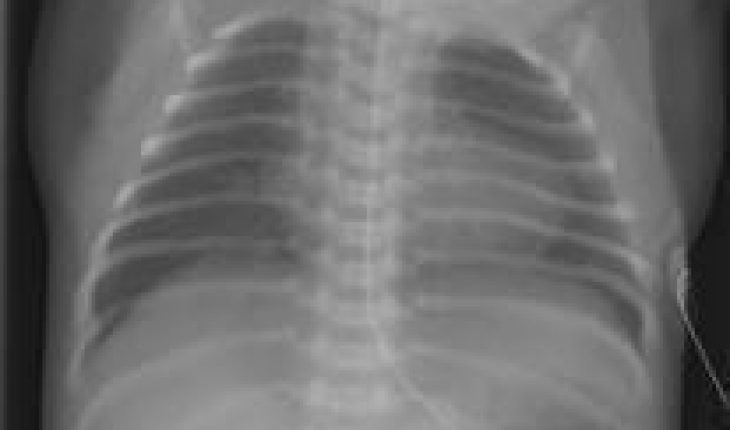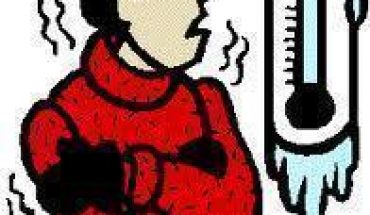Tetralogy of fallot is a h1eart defect present at birth in children, and is considered to be one of the most common heart conditions affecting childern. Tetralogy signifies a component of four, thus this disease presents itself with four abnormalities of the heart. The main causes are thought to be environmental, and or genetic. It is also thought to be associated with a defect, or an abnormality of chromosome-22.
Abnormalities of the heart in tetralogy of fallot
Pulmonary stenosis
Pulmonary stenosis is a type of valvular heart disease affecting the pulmonary valve located on the right side of the heart. In pulmonary stenosis the pulmonary valve does not fully open to facilitate blood flow from the right ventricle into the pulmonary artery, this therefore causes an obstruction in blood flow.
Overriding aorta
This is characterized as a biventricular connection of the aortic valve. Normally the aortic valve is connected to the left ventricle, and facilitates blood flow from the left ventricle to the aorta and the rest of the body. In this case however, the aortic valve is connected to both the right and left ventricles. The point where it is connected to the right ventricle is classified as an override.
Ventricular septal defect
A defect of the heart characterised by a hole between the left and right ventricles. This defect centres around the outlet septum, the most superior part of the ventricular septum.
Right ventricular hypertrophy
This is where the muscle of the right ventricle is thicker than normal, and is normally due to the abnormal change in position of the external ventricular septum, thus the muscle of the right ventricle builds to deal with the increased obstruction of blood flow experienced. This abnormality increases with age.
These four main abnormalities vary from each other, and are not derivatives of each other. They are also thought to span other abnormalities associated with tetralogy, such as coronary artery defects and even scoliosis.
Diagnosis of tetralogy of fallot
The right ventricular hypertrophy defect present in the heart causes the right ventricle to thicken. Eventually this causes a boot shaped appearance of the heart. This boot shaped appearance or coeur-en-sabot is picked up on X-rays. Echocardigraphy is also used to detect this condition.
Symptoms of tetralogy of fallot
- Cyanosis – a bluish tint of the skin, due to desreased oxygen supply. The amount of oxygen reaching the body is less because both oxygenated blood from the left ventricle, and deoxygenated blood from the right ventricle are being mixed.
- Heart murmur.
- Inability to gain weight.
- Clubbing of fingers and toes.
- Retarded growth and physical development.
Treatment of tetralogy of fallot
- Propanalol, a beta receptor blocker may be used to treat hypoxia but in emergency situations morphine is used instead.
- Palliative and total surgical repairs may be performed in the treatment of this disease.





